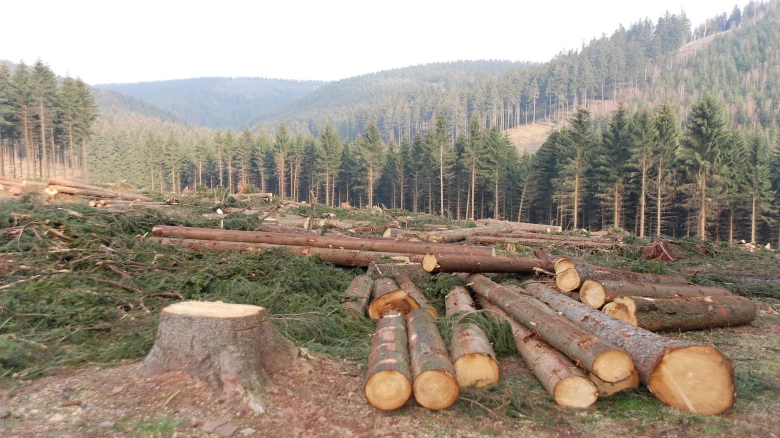Regional

Interestingly, both protected and non-protected forests suffered significant losses and fragmentation during this time...
Digital Desk: The Guwahati Metropolitan Area (GMA) has experienced significant loss and fragmentation of green cover, with nearly a 50% drop in dense and moderately dense forests, while non-forest areas grew twelvefold between 1976 and 2018, stated a new study.
Interestingly, both protected and non-protected forests suffered significant losses and fragmentation during this time.
The research conducted by Chandra Kant Pawe of Pragjyotish College (Geography) and Anup Saikia of Gauhati University (Geography) found that dense and moderately dense forests declined by 44 and 43 percent, respectively, while non-forest areas increased by 1,475 hectares between 1976 and 2018.
The study, which used Landsat imagery to examine 12 hills in the city, discovered growing fragmentation of dense forests as the number of small patches increased from 568 to 780. Today, dense forest patches are restricted to only three of the eight reserved forests (RF) allocated within GMA.
The non-protected hills saw a significant increase in non-forest land use of 1,309%.
In fact, both protected and non-protected forests experienced significant forest loss and fragmentation, with forest cover reduced by 21.7 and 28.5 percent, respectively, and patch sizes reduced by half as the number of patches increased unabatedly.
"This reflects the deplorable state of ostensibly protected RFs in the GMA, which are typically crammed with informal settlements occupied by the urban poor. The increasing number of smaller patches within the dense reserved forests indicated habitat fragmentation and alteration, endangering biodiversity," it stated.
The study area now has only 11% of severely fragmented dense forests, and the steadily increasing non-forest land use is a problem that must be addressed quickly.
Eight of the city's twelve hills are protected and notified RFs, while four are unprotected forests.
With population growth, RFs have seen increased human activity in recent decades, which has become a major ecological and political issue.
The GMA's protected forest lands are home to approximately 332 species of terrestrial vertebrates, including 214 bird species, 57 reptile species, 36 mammal species, and 25 amphibian species. At present, only three of the eight RFs, Hengrabari, Jalukbari, and Amchang, have dense forest patches.
"Innovative efforts are required to strike a balance between the housing needs of the urban poor and forest conservation. Monitoring via smart technologies and low-cost drones could be an option for policymakers to consider. Simultaneously, strategies such as encouraging vertical expansion of the city must be sought. Urban growth and densification are unavoidable, but the importance of urban forests cannot be overstated," the investigators suggested.
The study, "These Hills Called Home: Quantifying Urban Forest Dynamics in the Hills of the Guwahati Metropolitan Area, India," was published in Geografisk Tidsskrift - Danish Journal of Geography.
Leave A Comment